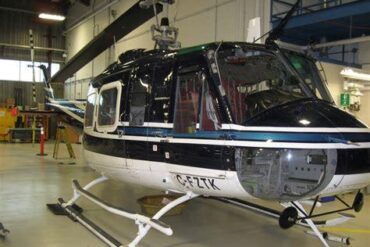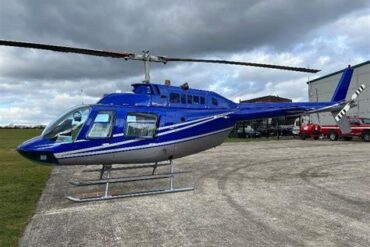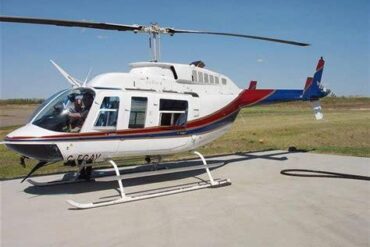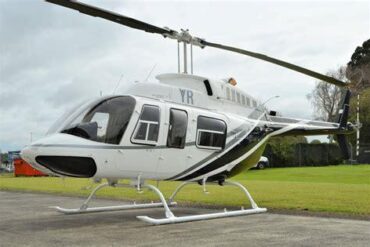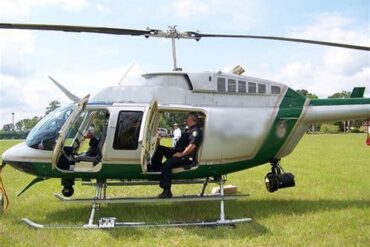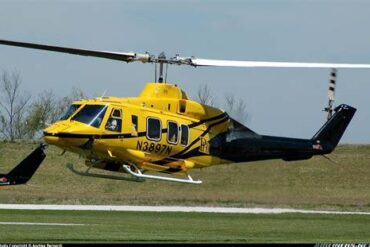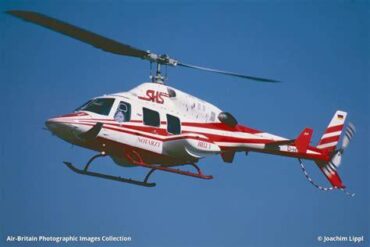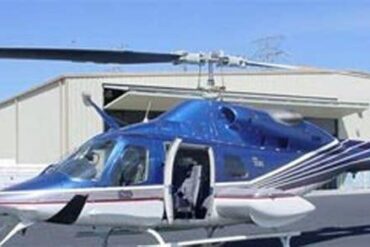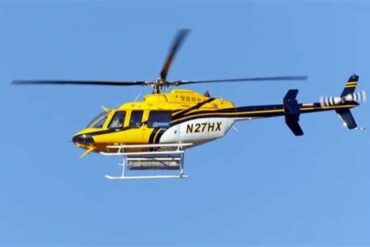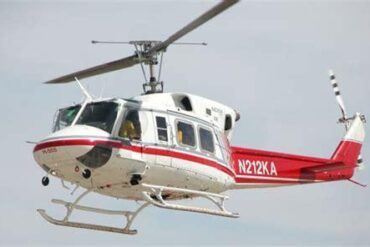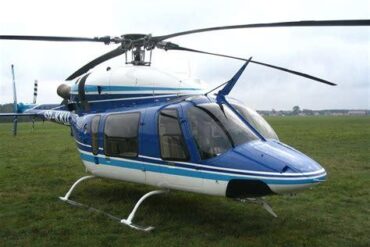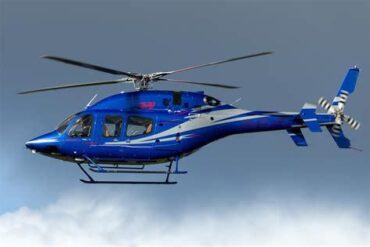The Bell 430 is a twin-engine helicopter known for its versatility, comfort, and performance. In this article, we will explore the price of the Bell 430, its operating costs, and the various factors influencing these figures. Our aim is to provide potential buyers and operators with a comprehensive overview, ensuring informed decisions in the dynamic world of aviation.
Overview of the Bell 430
The Bell 430 was introduced in the early 1990s as a multipurpose helicopter, primarily targeting corporate, medical, and law enforcement markets. Its advanced avionics, spacious cabin, and robust performance make it a preferred choice among various sectors. Powered by two Rolls-Royce 250-C47B engines, the Bell 430 boasts a cruising speed of approximately 150 knots and a range of around 400 nautical miles. These features underscore its utility in diverse operational scenarios.
Initial Purchase Price
When considering the acquisition of a Bell 430, the initial purchase price is a crucial factor. As of recent market evaluations, the price for a used Bell 430 typically ranges from $1.5 million to $3 million. This wide range can be attributed to several variables, including:
-
Age and Condition: Newer models with lower flight hours command higher prices. A well-maintained older model may still attract a premium if it has been regularly serviced and updated.
-
Configuration and Upgrades: Many Bell 430s come equipped with additional features such as advanced avionics, upgraded interiors, and enhanced safety equipment. These modifications can significantly influence the price.
-
Market Demand: Regional demand for helicopters can fluctuate based on economic conditions, regulatory changes, and the specific needs of industries such as tourism, oil and gas, or emergency services.
Financing Options for Purchase
Financing the purchase of a Bell 430 can be achieved through various methods, including traditional bank loans, leasing options, and manufacturer financing programs. Leasing is particularly popular among operators who prefer lower upfront costs and the flexibility to upgrade to newer models as technology evolves.
Bank Loans
A conventional bank loan often covers a significant portion of the purchase price. Typically, lenders require a down payment ranging from 10% to 30% of the helicopter’s value. The loan’s terms, including interest rates and repayment periods, vary based on the buyer’s creditworthiness and the lender’s policies.
Leasing
Leasing offers an attractive alternative, particularly for businesses looking to minimize capital expenditures. With a lease, operators can acquire the Bell 430 for a fraction of the purchase price, making monthly payments instead of an outright purchase. This option allows operators to utilize the helicopter’s capabilities without committing to a large upfront investment.
Operating Costs
Once the Bell 430 is acquired, operators must account for ongoing operating costs. These costs encompass various categories, including fuel, maintenance, insurance, and personnel. Understanding these expenses is essential for budgeting and operational planning.
1. Fuel Costs
The Bell 430’s fuel consumption is approximately 40 gallons per hour. Given the current average price of aviation fuel, which fluctuates around $5 to $7 per gallon, operators can expect to spend between $200 and $280 per flight hour on fuel alone. This cost can vary based on operational conditions, including flight duration, weight, and altitude.
2. Maintenance Costs
Regular maintenance is crucial to ensure safety and optimal performance. The annual maintenance costs for the Bell 430 can range from $50,000 to $150,000. Key components contributing to maintenance costs include:
-
Scheduled Inspections: Bell 430 requires periodic inspections, including daily checks, 100-hour inspections, and annual overhauls. Each of these inspections incurs labor and parts costs.
-
Parts Replacement: As the helicopter ages, certain components will require replacement. This includes rotor blades, avionics upgrades, and engine maintenance, all of which contribute to ongoing maintenance expenses.
-
Unexpected Repairs: Operators should budget for unexpected repairs due to wear and tear or component failure. Setting aside a reserve fund for these emergencies is prudent.
3. Insurance Costs
Insurance is a vital component of operating costs for any helicopter. The average insurance premium for a Bell 430 ranges from $20,000 to $50,000 per year, depending on factors such as:
-
Pilot Experience: Experienced pilots with proven safety records can lower insurance premiums.
-
Operational Use: The nature of the operations—be it corporate transport, medical emergencies, or search and rescue—can significantly affect insurance rates.
-
Location: Operating in high-risk areas may increase premiums due to potential liability and operational risks.
4. Personnel Costs
Qualified personnel are essential for the safe operation of the Bell 430. Operators should factor in salaries and benefits for:
-
Pilots: A Bell 430 requires at least one qualified pilot, and salaries can range from $75,000 to $150,000 annually, depending on experience and location.
-
Ground Crew: Ground personnel, including maintenance technicians and support staff, contribute additional costs. The annual salaries for ground crew may range from $30,000 to $70,000 each.
Total Operating Cost Summary
To summarize the operating costs of the Bell 430, we can break it down into an estimated total hourly operating cost:
| Cost Category | Cost per Hour |
|---|---|
| Fuel | $200 – $280 |
| Maintenance | $150 – $400 |
| Insurance | $40 – $70 |
| Personnel | $75 – $150 |
| Total Estimated Cost | $465 – $970 |
These figures illustrate the substantial financial commitment involved in operating a Bell 430. Operators must consider these costs when developing operational budgets.
Resale Value
Understanding the resale value of the Bell 430 is equally important as it can significantly impact overall ownership costs. Typically, the Bell 430 retains about 50% to 70% of its value after five years, depending on market conditions and maintenance history. Factors influencing resale value include:
-
Condition and Maintenance History: A well-documented maintenance history can enhance resale value.
-
Market Demand: Economic factors and trends in the helicopter market can lead to fluctuations in resale value.
-
Modifications and Upgrades: Helicopters equipped with the latest technologies and features often attract higher resale prices.
Conclusion
In summary, the Bell 430 represents a significant investment, both in terms of initial purchase price and ongoing operating costs. Potential buyers should carefully assess their financial readiness, taking into account all factors affecting the total cost of ownership. From fuel and maintenance to insurance and personnel, understanding these components ensures informed decision-making in the ever-evolving landscape of helicopter operations. As demand for versatile and reliable helicopters continues to grow, the Bell 430 remains a compelling choice for various applications.

